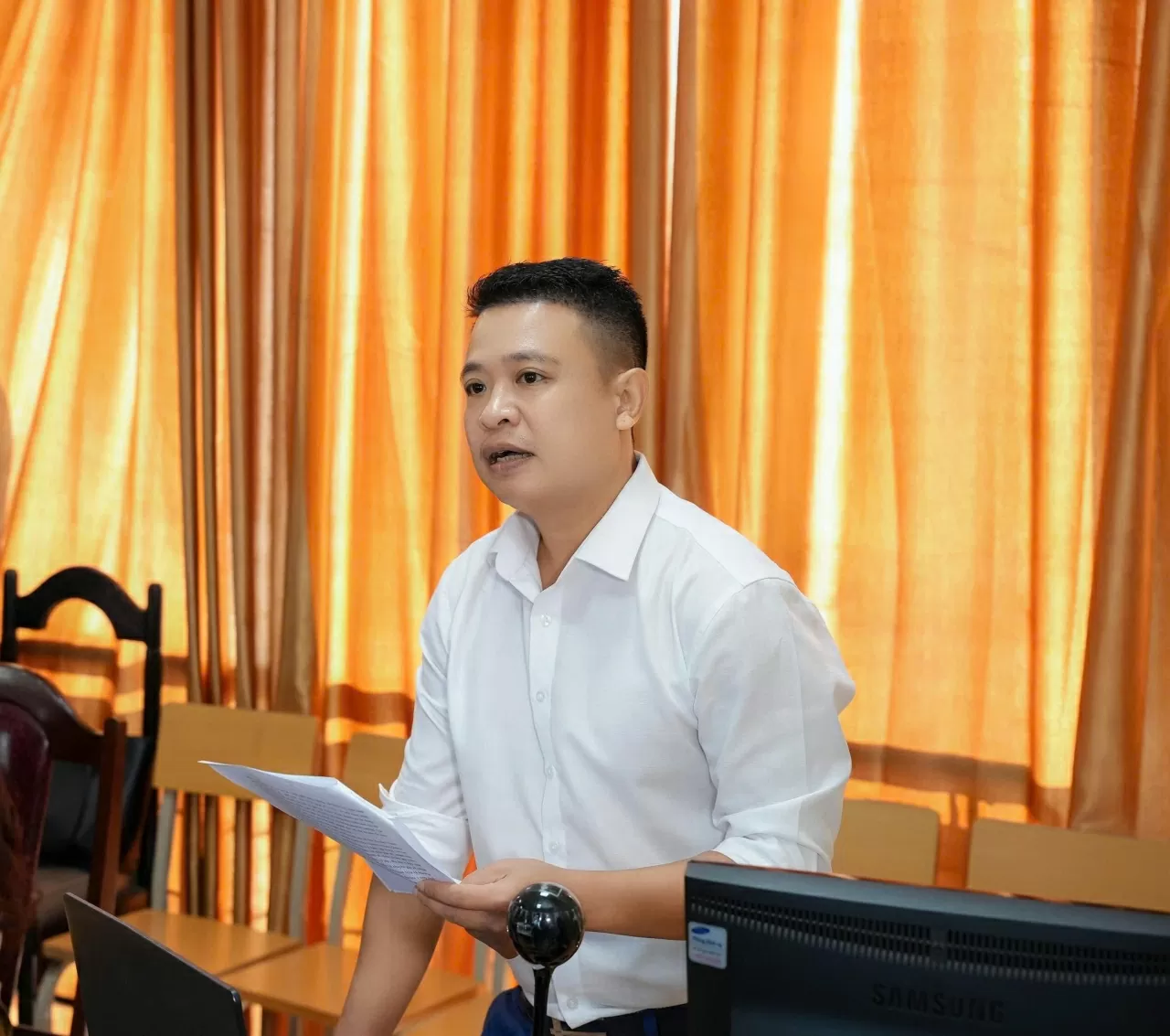 |
| Dr. Pham Hoang Manh Ha said that university merger is an urgent requirement. (Photo CGCC) |
Concentrated resources and autonomous mechanisms
First of all, it must be affirmed that restructuring the university system is an urgent requirement and at the same time a long-term strategy to reposition the role of higher education in the national development process.
After more than three decades of "green light", the Vietnamese higher education system has reached a state of "a hundred flowers blooming" with about 240 universities and institutes. However, this development is largely fragmented, lacking systematic and strategic linkages, leading to a situation of resource dispersion, uneven quality, especially "overlapping" in training professions. Therefore, restructuring, merging and stratifying the university system has become an objective requirement, with strategic significance in many aspects.
First of all, this is the process of concentrating resources to form multidisciplinary and multi-field universities with large scale and influence. Merging schools with the same training and research orientation helps optimize facilities, staff, budget and brand, thereby improving the efficiency of public investment and the ability to develop sustainably. Experience from models such as Hanoi National University, Ho Chi Minh City National University or the trend of university mergers in Korea, France and China shows that this concentration creates strong knowledge centers, has the capacity to compete internationally and plays a leading role in innovation.
In addition, this process helps promote university autonomy mechanisms associated with accountability, thereby transforming the governance model from administrative to strategic, forming a linked ecosystem: School - enterprise - society. This is also a prerequisite for schools to promote their role in training digital human resources, applied research and creative startups. In the digital transformation era, restructuring creates the foundation for academic connectivity, interdisciplinary program development, application of educational technology and lifelong learning - key elements of open and flexible education.
However, university mergers and restructuring also pose significant challenges, such as differences in organizational culture, conservative mentality of old brands, or the risk of "bureaucratizing" the multidisciplinary university model if there is a lack of real autonomy. Therefore, this process needs to be carried out with a strategic vision, appropriate roadmap and flexible human resource policies, ensuring harmony between innovation and stability.
Merging universities is not only a matter of administration but also involves the people, brand and academic identity of each unit. It must be emphasized that this merger is not only a solution to the problem of administration and management, but more deeply, it is a process of restructuring academic culture and organizational identity. Each university, whether large or small, has its own history, traditional values, staff and cultural standards.
Therefore, if the merger process is carried out mechanically, focusing only on the organizational model or financial efficiency while ignoring the human factor and academic identity, it is easy to lead to psychological conflicts and a decline in internal trust. Therefore, the requirement is not only "successful merger in legal terms", but also "integration in academic and cultural terms".
Humane and transparent human resource policy
The restructuring process must be carefully prepared in terms of communication, consultation and dialogue. The governing body needs to organize multi-dimensional consultations with the board of directors, lecturers, students and alumni of the schools being merged, to listen to aspirations, grasp concerns and share a common vision. This participation should not be a formality, but should be institutionalized into a consensus decision-making process - where all parties feel their role as subjects in the change process. When people are listened to, they will proactively become co-creators rather than "merged".
At the same time, it is necessary to develop a strategy to preserve and promote the academic identity of each unit. In the multidisciplinary university model, each member school should establish its own professional position, key areas and traditional values, creating diversity within a unified entity.
In addition, mergers can only be successful when accompanied by humane and transparent human resource policies. There needs to be a mechanism to ensure the rights, positions and development opportunities of staff and lecturers; to avoid insecurity about their future careers. Along with that, leaders of merged schools need to be trained in change management capacity - the ability to lead the organization through the transition period with a spirit of sharing and solidarity.
The merger process must be implemented as an opportunity to renew the value system, not as a loss of old identity. When the parties share the vision of a stronger university with greater social impact and higher international standing, consensus will naturally arise. In other words, the success of a university merger does not lie in the decision document, but in the harmony of people and the rebirth of the academic spirit in a common space - where both elements: tradition and innovation are respected.
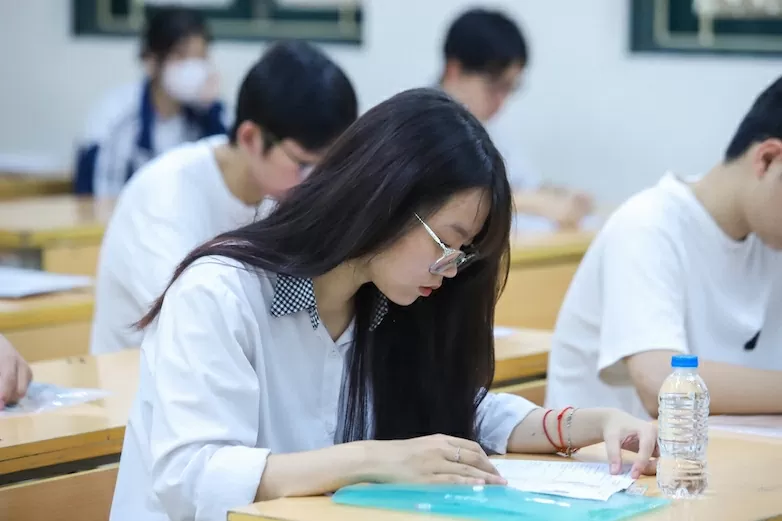 |
| Many localities have had plans to reorganize and merge public educational institutions in the area, including universities and colleges. (Photo: Van Trang) |
Based on the principles of decentralization - autonomy - responsibility
The "post-merger" story needs to be thought about right now. When creating a new university ecosystem, the first key factor is to build a streamlined, transparent and effective organizational model. It is necessary to review the entire management structure, clearly define the functions and tasks of each level, and avoid overlapping or spreading. The university model after the merger must be based on the principles of decentralization - autonomy - accountability, allowing member schools to operate flexibly within the framework of the common strategy.
In addition, immediately re-plan the training majors to affirm the academic identity of the new institution. The review of training majors needs to be based on the human resource needs of the market, the digital transformation trend, as well as the traditional strengths of member schools (before the merger). On that basis, form key majors, interdisciplinary programs and applied research orientation, ensuring both avoiding duplication and creating distinct competitive capacity. At the same time, it is necessary to promote program standardization, quality accreditation and international linkages in training, thereby creating unity in output standards but still being flexible in teaching methods and technology approaches.
In addition, develop the post-merger human resources team. This is a decisive factor for long-term success, because any change is only meaningful when the team is truly on board and properly empowered. It is necessary to conduct assessments, planning and retraining the team according to capacity, create fair promotion opportunities, encourage creativity and research. In particular, it is necessary to build an organizational culture based on respect, sharing and unified academic values - to eliminate the "old - new" mentality.
The planning and integration of facilities and digital infrastructure should be carried out synchronously. Instead of spreading investments, it is necessary to form learning resource centers, digital libraries, shared laboratories and unified technology platforms, serving both training, research and management. This is the material and technological foundation for the smart university model, helping the merged school operate effectively and adapt quickly to the requirements of digital education.
Internationally competitive
It can be affirmed that the goal of forming strong, autonomous universities with regional and international competitiveness cannot be achieved by mere administrative measures, but requires a system of strategic, synchronous and sustainable solutions on three axes: institutions - academics - people.
Regarding the institutional axis, it is necessary to soon complete the institutional framework and university governance mechanism after the merger. The State needs to clearly establish its role in creation and supervision, without micro-intervention in the operations of each school. It is necessary to issue a specific mechanism, allowing for comprehensive autonomy in academics, organization and finance, while establishing a transparent assessment, accreditation and ranking system. Delegation of authority coupled with accountability will create a foundation for universities to operate according to a modern governance model.
In terms of academics, the merger strategy should aim at restructuring the academics towards multi-disciplinary and interdisciplinary orientation and applied research. The merged schools must clearly define their key areas and scientific missions, avoiding dispersion and duplication. On that basis, centers and "nuclei" in each field should be formed. At the same time, it is necessary to promote the internationalization of training programs, expand research cooperation, exchange lecturers and students, thereby gradually bringing the school into the global knowledge network.
Third, I believe that developing human resources and new university organizational culture is a prerequisite for realizing the merger strategy. It is necessary to build a human resource policy based on capacity and contribution efficiency, creating an environment that encourages creativity, research and free academics. In addition, fostering leadership and management capacity for the management team is extremely important, helping them to be able to lead the organization through the transition period with a spirit of solidarity, transparency and innovation.
Digital transformation and smart infrastructure investment should be considered as supporting pillars for the entire process. Building a unified digital ecosystem, including learning management, research data, open libraries and digital learning systems, will help universities operate effectively, optimize resources and connect deeply with the global academic community. This is also the foundation for forming a digital university - a model that is becoming the standard of modern higher education.
In the era of knowledge economy and innovation, higher education needs to become the driving force of national development. I believe that Vietnamese education needs to shift from focusing on quantity to systematic, stratified and networked thinking. The most suitable model is a multi-layered university system, diversifying roles but closely connected, harmonizing three principles: Concentrating forces on leading research universities; Developing regional universities, specialized universities with functions to serve localities and industries; Forming flexible academic networks and alliances to support knowledge transfer, training according to needs and innovation.
Such a model may include the following key elements:
First , "locomotive" universities: These are large-scale, highly autonomous universities that focus resources on excellent research, international publications, attracting high-quality human resources and strategic cooperation with global partners. These institutions will lead national innovation, train PhDs, and implement regional and international interdisciplinary programs.
Second, regional universities and multidisciplinary applied universities: Play the role of serving the needs of socio-economic development in each region, closely linking with local businesses, conducting advanced vocational training, applied research and technology transfer suitable to regional identity. This group of schools will play the role of balancing development, avoiding concentrating all resources on large centers.
Third, specialized schools, centers of excellence and innovation hubs. Building specialized units in key industries (AI, biotechnology, new materials, renewable energy, urban management, etc.) as the core link: School - research institute - enterprise.
Fourth, network linkage and cooperation mechanism: Instead of each school operating independently, it is necessary to develop academic alliances according to industry/geographic clusters, allowing for the sharing of programs, digital learning materials, laboratories and credit transfer, creating a lifelong learning ecosystem.
Fifth, digital university and learning modules: Unified digital infrastructure, open online learning platforms, flexible module certificates to meet retraining needs. This helps the system adapt quickly to changes in the labor market.
Sixth, autonomous institutions and multi-source finance: Expand the autonomy mechanism for qualified universities; at the same time, establish an independent and transparent assessment and accreditation framework to ensure quality. Encourage corporate sponsorship, research funds, and community funds.
Seventh, national relevance, global integration: The model must consider the balance between developing international centers (concentrated in large urban areas) and ensuring equal access to education for remote and isolated areas. The internationalization strategy needs to aim at strategic partnerships instead of formal expansion.
In particular, “redrawing the university map” needs to be linked to a clear implementation roadmap. The success of the model depends on the ability to combine national strategic vision with implementation capacity on the basis of transparent governance, open academia and close links between parties. Only then can higher education truly become a sustainable driving force for knowledge-based economic development.
| The arrangement and merger of universities is in line with the Plan for the network of higher education and pedagogical institutions for the 2021-2030 period, with a vision to 2050, approved by the Prime Minister in March 2025. The plan clearly states that Vietnam will dissolve unqualified universities and university branches; only consider establishing new public schools when there is an urgent need. |
Source: https://baoquocte.vn/ve-lai-ban-do-giao-duc-dai-hoc-can-lang-nghe-de-tao-su-dong-thuan-va-tam-the-tich-cuc-332698.html


![[Photo] Fall Fair 2025 and impressive records](https://vphoto.vietnam.vn/thumb/1200x675/vietnam/resource/IMAGE/2025/11/03/1762180761230_ndo_br_tk-hcmt-15-jpg.webp)
![[Photo] Prime Minister Pham Minh Chinh receives the Chairman of the Japan-Vietnam Friendship Association in the Kansai region](https://vphoto.vietnam.vn/thumb/1200x675/vietnam/resource/IMAGE/2025/11/03/1762176259003_ndo_br_dsc-9224-jpg.webp)








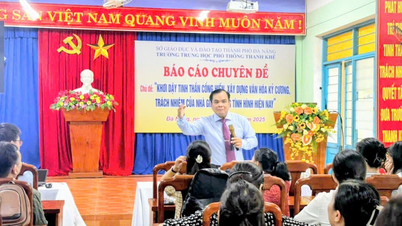

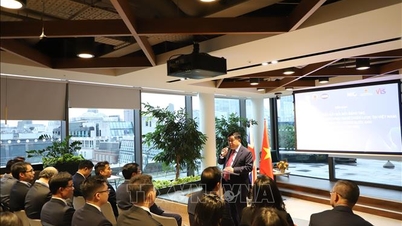







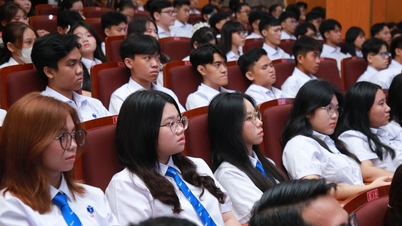
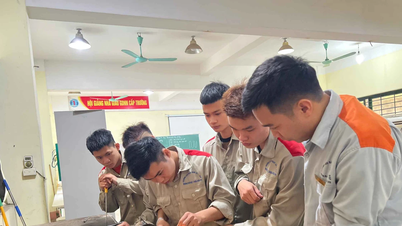

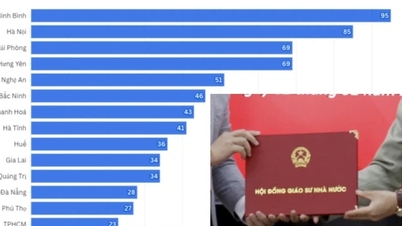

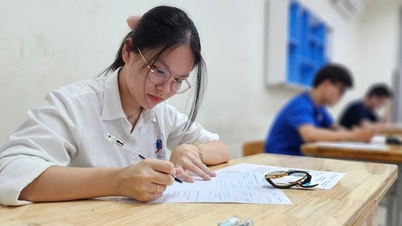










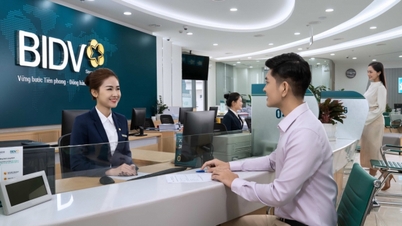



















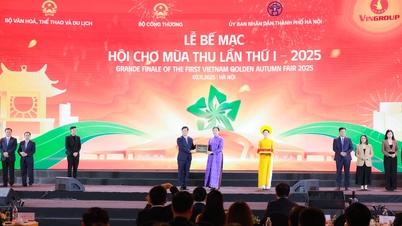

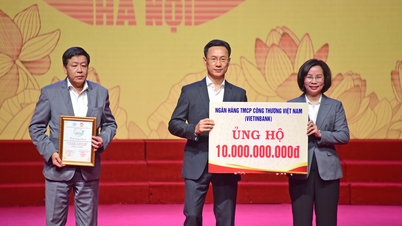











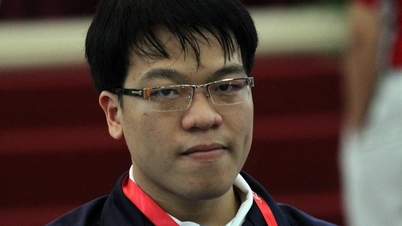
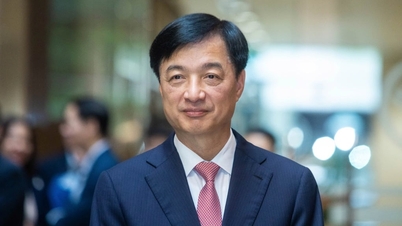









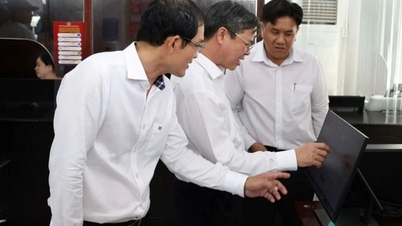

























Comment (0)